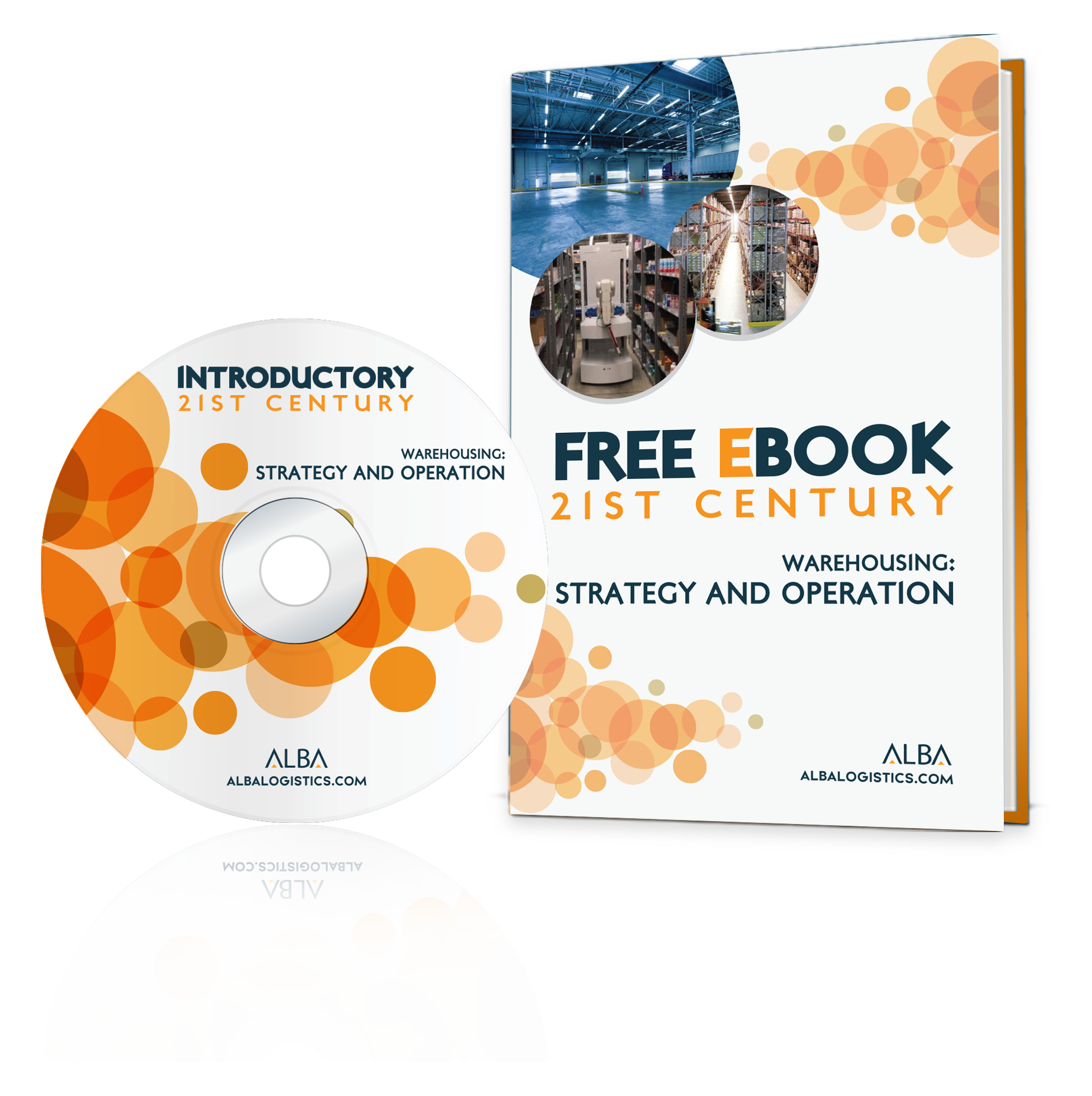Leading Light
The recent announcement of Tesla’s new power storage systems got me thinking about the relationship between light, productivity, sustainability and the economy.The story of artificial light is a story of economic development. Before oil lamps and candles, people used to go to bed at sundown and slept in ‘two phases’ – first and second sleep. However, with the advent of artificial light, productivity patterns changed along with sleep patterns, as people’s activities became independent of the availability of natural light.
Until Edison gave us the light bulb (and in doing so probably stepped on a few toes), domestic and commercial lighting came by way of kerosene lamps and candles. From this explosion of artificial light sprung innovations and new business models.
The neon-lighting tube was one of such innovation, developed and patented by Frenchman George Claude when looking for a way to use ‘waste’ neon gas derived from other chemical processes. Claude had a very successful neon business in Paris, and sold franchises (a new business model) elsewhere. The neon sign has been intrinsically linked to trade and commerce since, and was instrumental in the economic development of cities like Las Vegas.
Next came low energy lights, CFL bulbs and LED lights – which were more environmentally friendly. And society has also progressed where electricity generation methods are concerned, seeking a balance between profit and sustainability.
Solarcity – the US first full-service solar energy provider and one of the world’s largest – are building a ‘solar gigafactory’ in New York State to produce their own high-efficiency, low-cost solar panels; bringing us closer to a future where most of the energy we use will come fromclean, renewable sources.
Tesla’s new stackable battery system, which is capable of storing electricity for domestic and business use has the potential to increase the spread and reach of solar power. On the home front, the Powerwall is not yet cheap enough for grid-connected customers to derive an economic benefit from changing to solar, but it is great news for people already availing of solar power and whose aim is to live fully off-grid.
The idea is simple – during daylight hours domestic (and industrial) solar panels will often produce excess energy, which can be stored in the Powerwall for use in the evening time.
However, where the battery storage market will be most disruptive is in the industry/business world. According to a BNEF report (Bloomberg), analysts believe that by 2020 worldwide investment for stationary-grid energy storage will be USD 5.1 billion a year, and the industry will start relying on solar power on a large scale in less than five years.
The Powerpack – Tesla’s ‘business’ solution – targets commercial and utility-scale storage. It includes 100-kilowatt-hr blocks that can be bundled for bigger projects. According to Bloomberg (2015), Tesla has been approached by a utility looking for 2,500Powerpack towers (250-megawatt-hr installation).
Perhaps a cleaner and cheaper energy future is closer than we thought…
If you would like to find our more information or if you would like to speak to one of the team, please email info@albalogistics.com or phone: +353 1 415 1252

